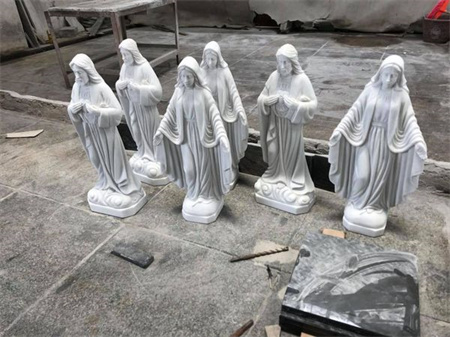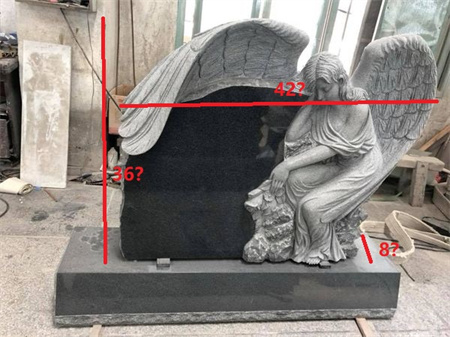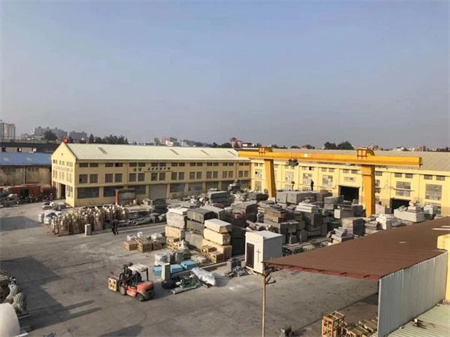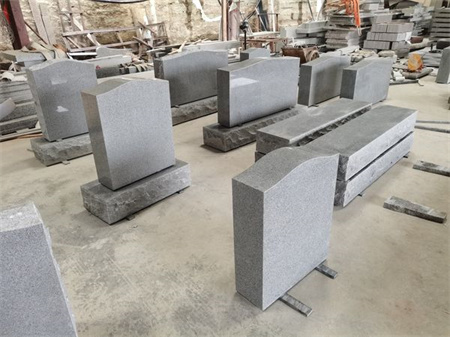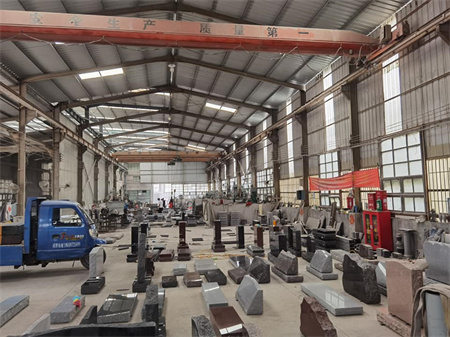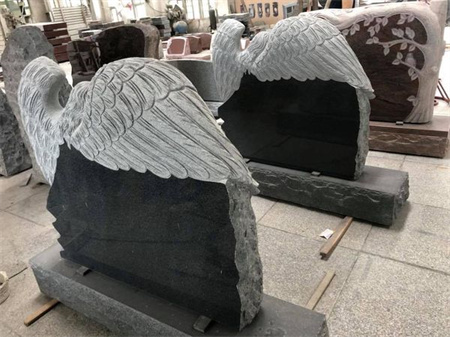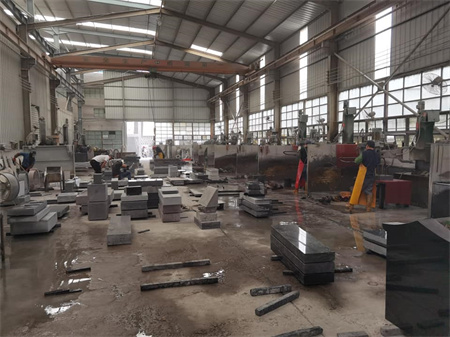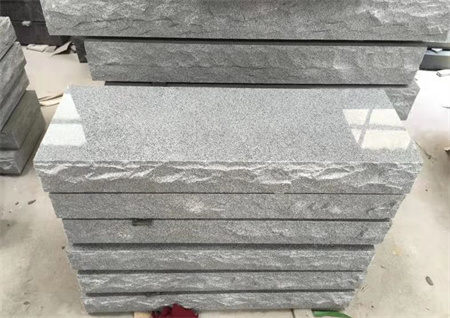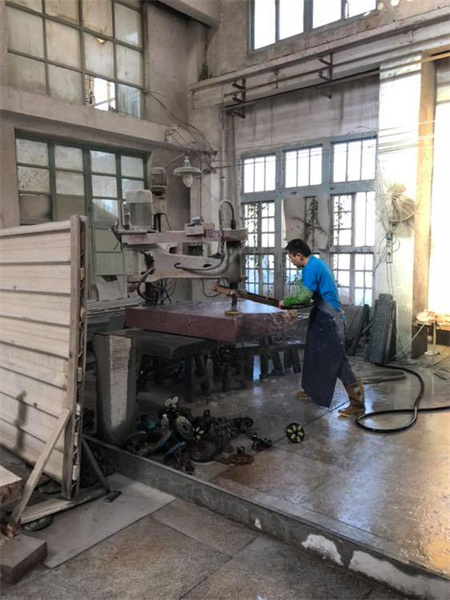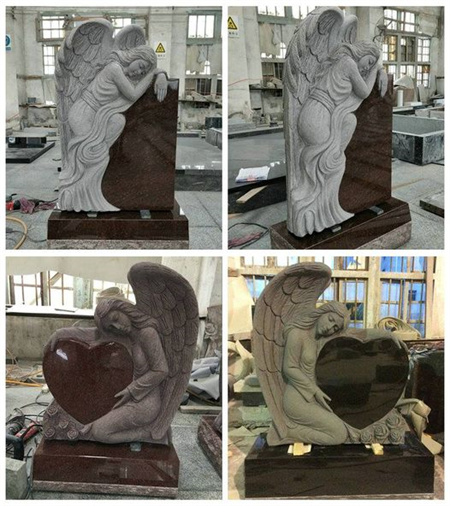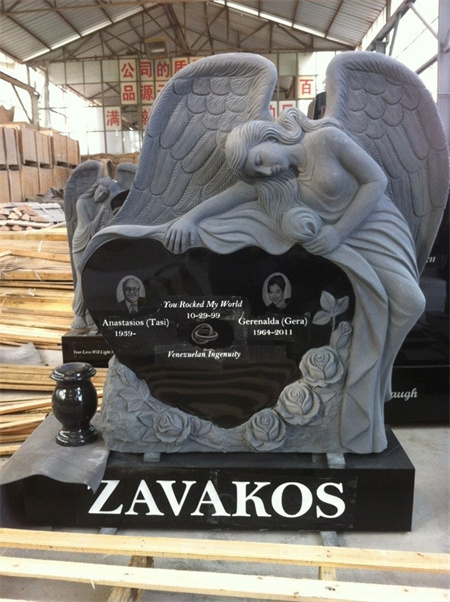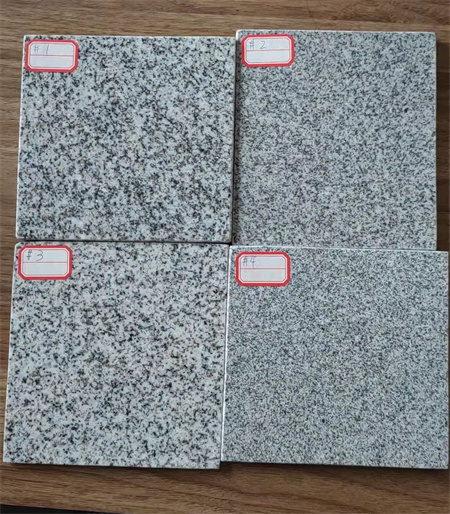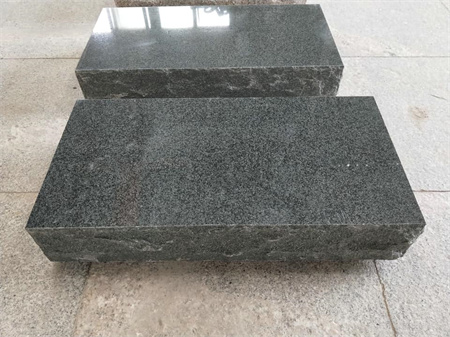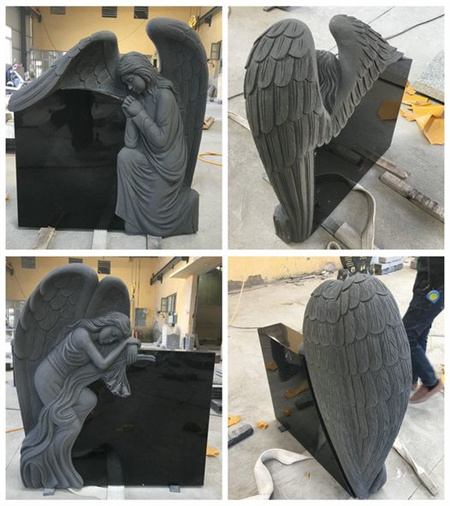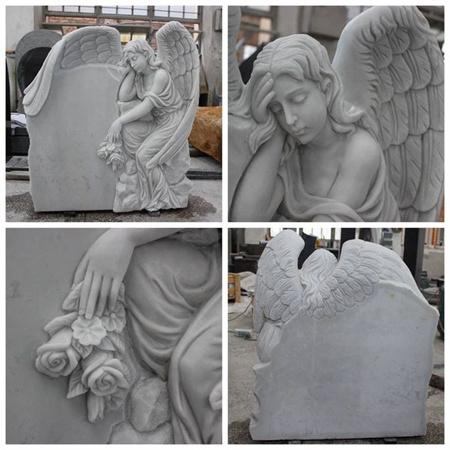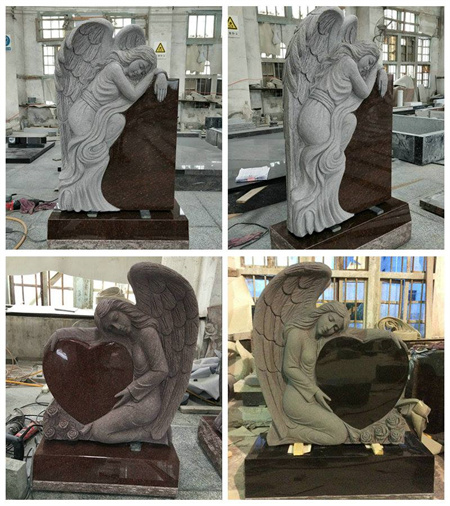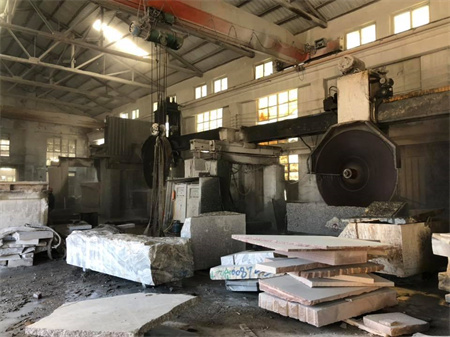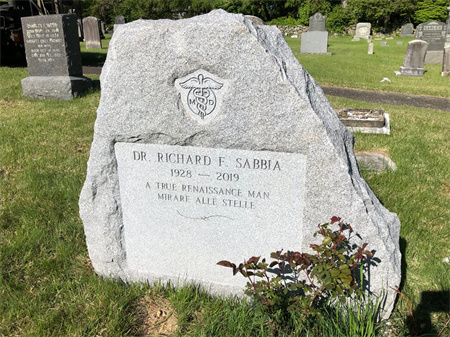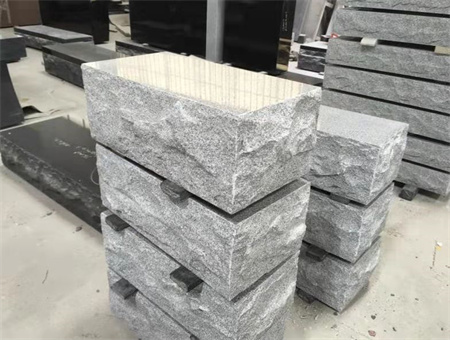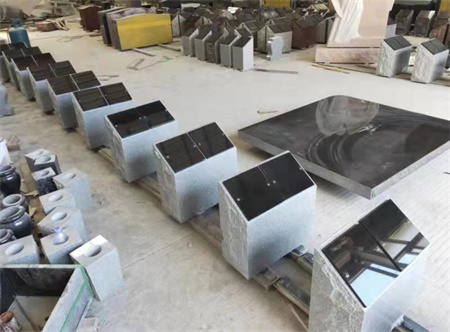When it comes to creating a lasting tribute for your beloved pet, choosing the right granite color for a memorial stone is an important step. The color of the stone not only enhances the memorial’s aesthetic but also serves as a reflection of your pet’s personality and the bond you shared. Granite, known for its durability and timeless beauty, offers a variety of colors, each with its own unique meaning and appeal. Let’s delve into some of the most popular granite colors that can make your pet memorial both beautiful and meaningful.
One of the most popular choices for pet memorials is black granite. Black has long been associated with elegance and strength, making it an ideal color for those who wish to create a solemn and dignified tribute. The deep, rich hue of black granite makes any inscription or artwork stand out sharply, ensuring that your pet’s name and message are easily visible. Black granite also symbolizes eternity and remembrance, making it an excellent option for a lasting tribute.
If you’re looking for something a bit lighter yet equally stunning, gray granite is another top contender. Gray granite has a softer, more understated appearance compared to black, offering a serene and peaceful vibe. It’s often associated with balance and neutrality, providing a perfect backdrop for memorials that want to reflect calmness and serenity. Gray stones are versatile and can blend seamlessly with various surroundings, from gardens to cemetery plots, and they pair well with both simple and elaborate designs.
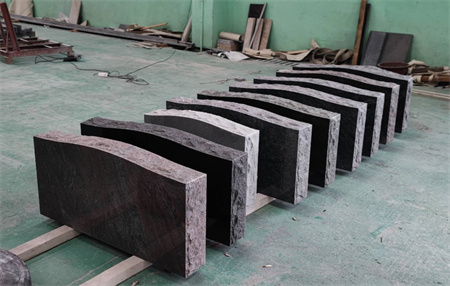
White granite, known for its purity and timeless elegance, is a classic choice for memorial stones. This color reflects light beautifully, making it an excellent option for those who want a bright, uplifting tribute to their pet. White granite represents peace, innocence, and a sense of renewal, offering a comforting presence for those grieving the loss of their pet. It’s a great choice for pet owners who prefer a more traditional and gentle approach to memorialization.
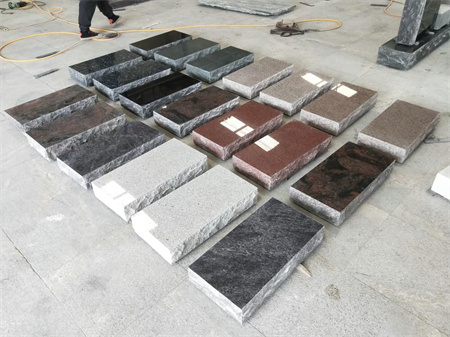
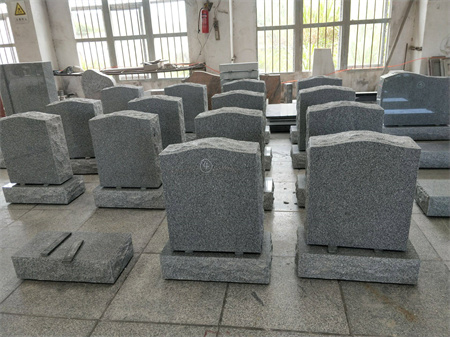
Green granite, with its natural, earthy tones, represents growth, renewal, and nature. It’s a fitting choice for those who want to honor their pet’s connection to the natural world. Green granite stones often feature flecks of lighter or darker green, creating a lush and textured appearance. This color is particularly well-suited for pet memorials placed in gardens or other green spaces, as it harmonizes beautifully with its surroundings.
Finally, pink granite is a softer and more subtle choice for those seeking a feminine or gentle aesthetic. The delicate tones of pink represent love, affection, and beauty. Pink granite can be a perfect way to remember a pet that brought warmth and tenderness into your life. It’s also a beautiful option for memorials that may feature intricate carvings or designs, as the soft color provides a lovely contrast to any artwork or lettering.
Selecting the right granite color for your pet’s memorial stone is not just about aesthetics; it’s about creating a tribute that truly reflects the spirit of your pet. Each granite color carries its own symbolism and energy, helping to shape the ultimate memory of your companion. Whether you choose the elegance of black granite, the serenity of gray, or the warmth of red, the color you select will serve as a beautiful, lasting reminder of the love and joy your pet brought into your life.

